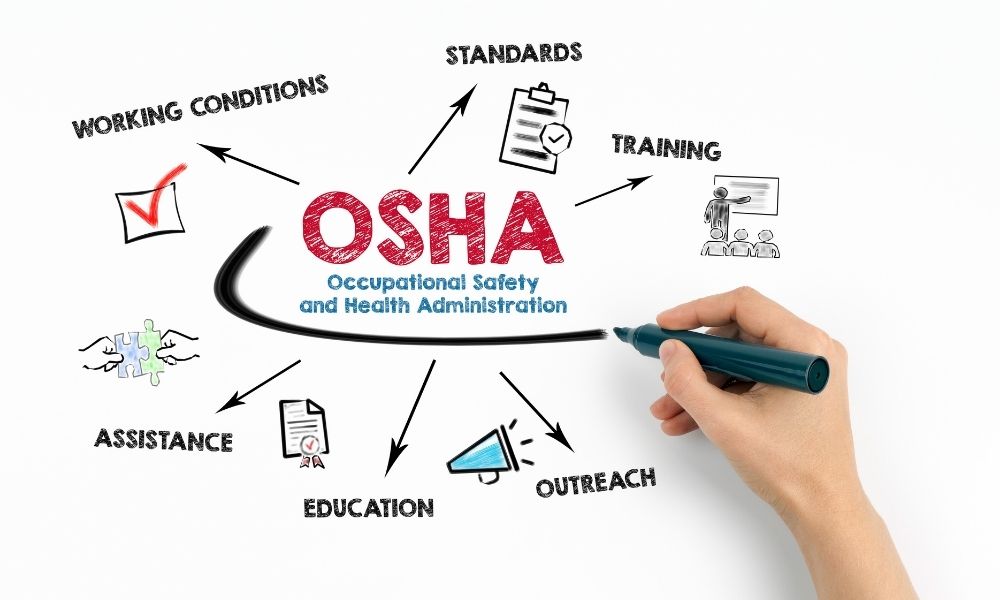
The Occupational Safety and Health Administration regulates a set of safety and health standards that American employers must adhere to within their workplaces. Efforts towards full compliance are made with the employee’s best interest in mind. All the while, numerous types of businesses still hold false notions about OSHA mandates and their regulatory considerations.
Nevertheless, OSHA compliance is not an option but remains a continual requirement. The field of veterinary healthcare is no exception. Veterinary care is a necessary and valuable service nationwide, and caring for the concerns of veterinary staff is just as fundamentally necessary and valuable. Here are a few common misconceptions about veterinary OSHA compliance to be aware of for your workplace.
Misconception #1: Veterinary Practices Only Fall Under Broad Regulations
OSHA’s regulations tend to be thought of as either 1) too complex or 2) non-specific to certain workplaces. However, OSHA rules apply to veterinarians in several broad categories as well as specified subject standards. Management in veterinary practices, hospitals, and clinics must adhere to the safety hazard concerns in the General Duty Clause on top of an assortment of set standards applicable in veterinary settings.
These standard precautions are the cornerstone for minimizing injury and infectious disease among veterinary personnel in clinical and clerical settings. Specific regulations standards cover the topics of bloodborne pathogens, animal handling, restraint, hazardous chemicals, radiation safety, PPE, ergonomics, infection control, and more.
Misconception #2: All Infection Control Plans Are Created Equal
Infection control strategies are paramount for any medical or healthcare setting. Veterinary spaces are not anomalies. Nevertheless, misjudgments and misunderstandings about infection control are common misconceptions about veterinary OSHA compliance. Every veterinary workplace, regardless of size, must have a formal written safety control program that’s particular to their business or organization.
Not all plans are equal in scope, scale, and application, as they are intentionally adaptable to an individual practice’s circumstances and needs. Veterinary management must create an effective program utilizing strategies that protect their staff, patients, pet owners, and community. Bear in mind that basic infection control principles must remain an integral part of everyone’s role to maintain a safe, functional, and productive facility, regardless of the job description.
Misconception #3: “OSHA-Certified” Training Is Required for Compliance
Contrary to common beliefs, OSHA does not currently approve individual training programs. That said, OSHA does credential authorized trainers that complete a rigorous training curriculum and have experience in safety and compliance. Since site-specific or job-specific employee training is required in response to set safety standards, it’s recommended that you receive training from an authorized OSHA trainer. Ideal compliance training and assistance programs provide updated information regarding best practices, techniques, and materials for maximum assurance.
Turn to Gamma Compliance Solutions for your veterinary OSHA compliance assistance needs. We’re always here to help provide a safe and healthy workplace for your employees. Our OSHA veterinary manual is an unparalleled all-in-one resource. We also provide user-friendly authoritative OSHA training to keep your staff informed of the latest policies. No matter the needs of your office, our team has you covered with suitable solutions.
